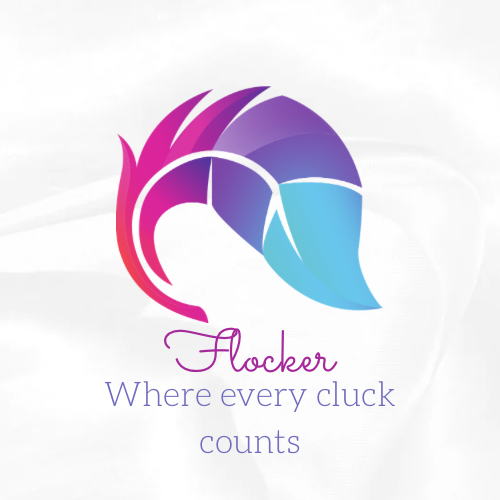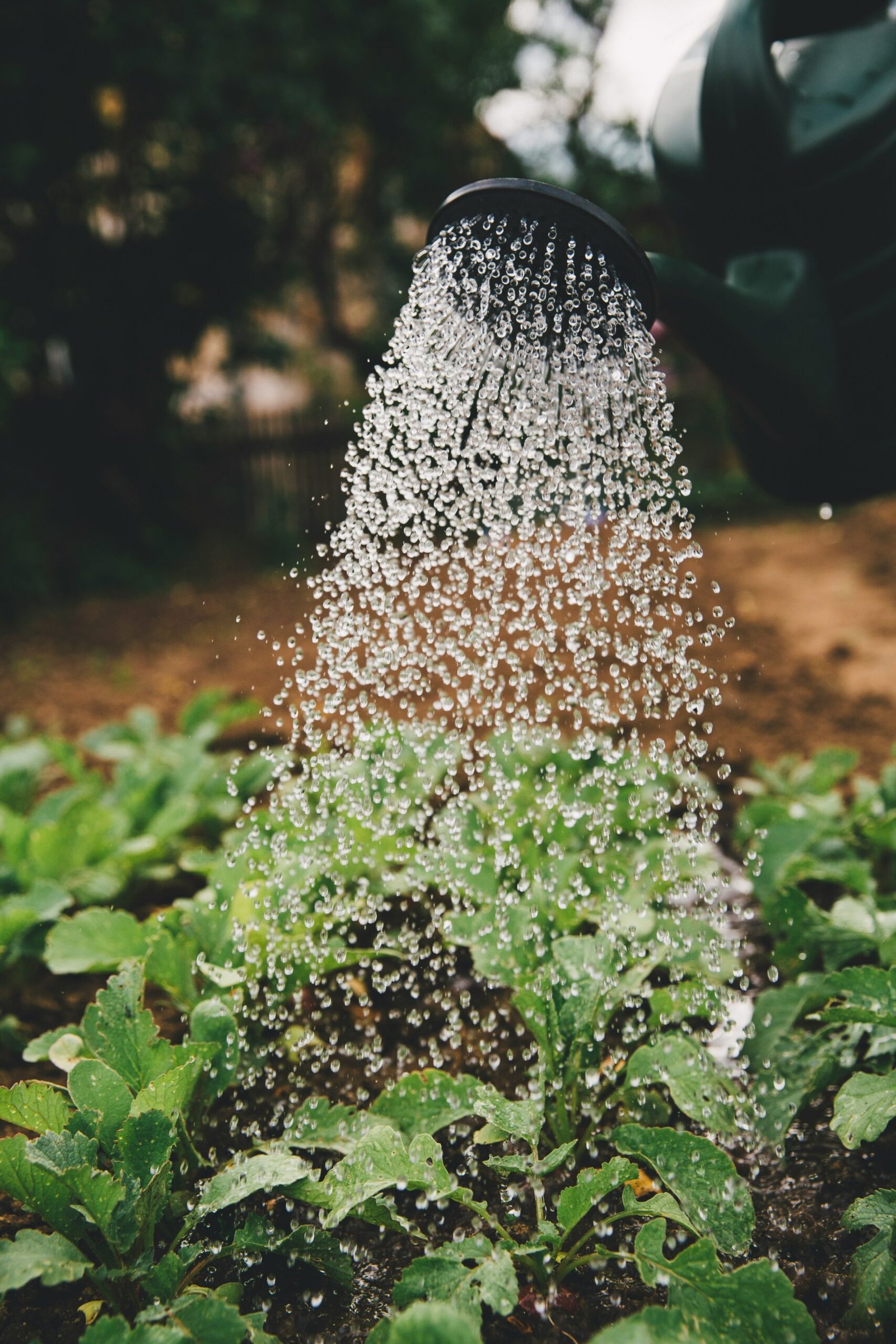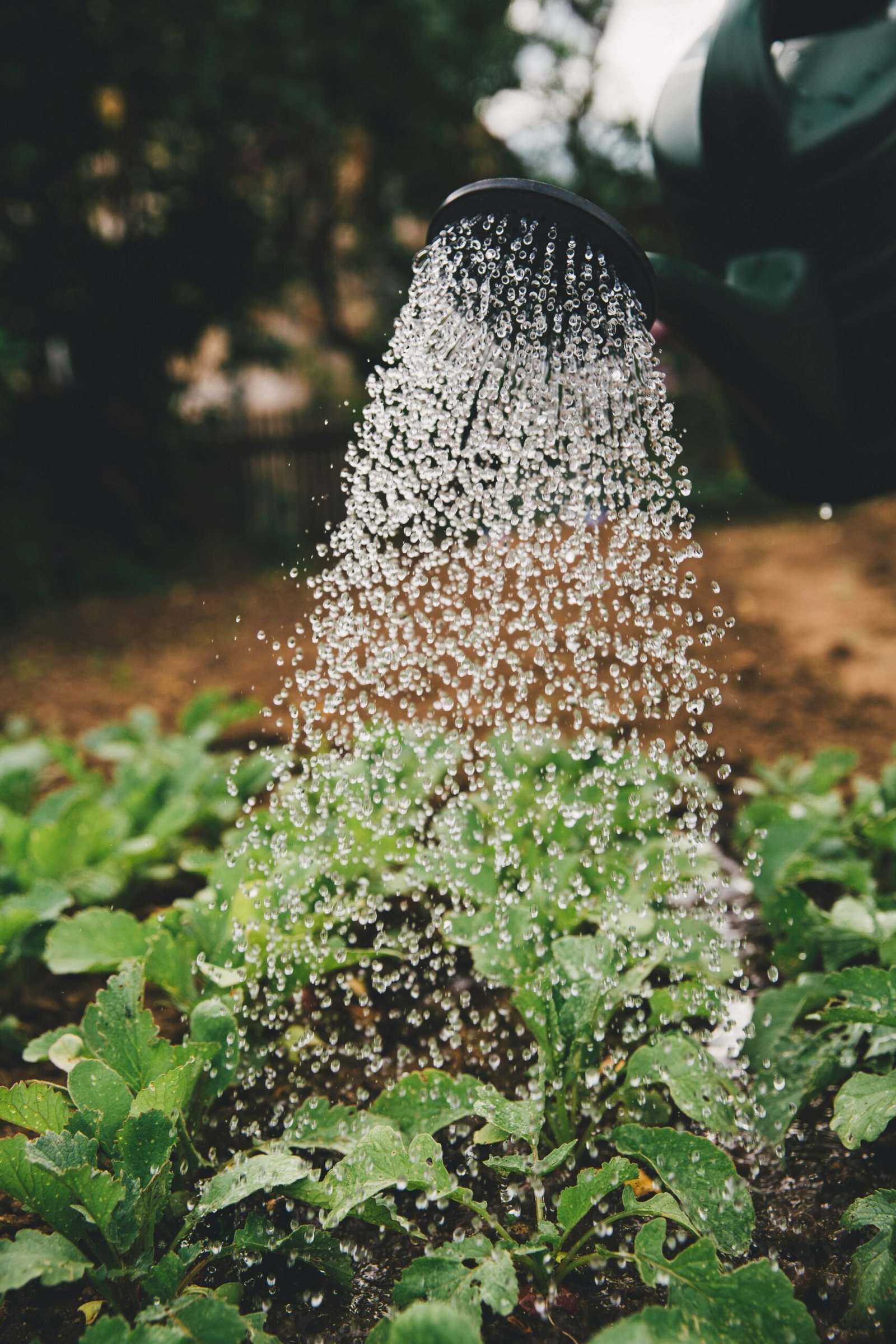Spring is in the air, and that means it’s time to start thinking about your garden. If you want a bountiful harvest, one thing you can’t overlook is pollination. And when it comes to pollination, there’s no better partner than our buzzing friends, the bees. So, how can you attract these busy little pollinators to your garden? Here are some tips for creating a bee-friendly garden that will ensure good pollination for your spring crops.
1. Plant a Variety of Flowers
Bees are attracted to a diverse range of flowers, so make sure your garden is bursting with color and variety. Plant a mix of annuals and perennials, and choose flowers with different shapes, sizes, and bloom times. This will provide a continuous source of nectar and pollen throughout the spring and summer, keeping the bees happy and well-fed.
2. Go Native
Native plants are not only beautiful, but they also attract native bees, which are often better pollinators than non-native species. Research the native plants in your area and incorporate them into your garden. Not only will you be supporting the local ecosystem, but you’ll also be providing a natural habitat for bees.
3. Say No to Pesticides
Bees are extremely sensitive to pesticides, so avoid using them in your garden. Opt for organic pest control methods instead, such as companion planting and natural predators. By keeping your garden pesticide-free, you’ll create a safe haven for bees and other beneficial insects.
4. Provide a Water Source
Bees need water to survive, so make sure they have a place to drink. Fill a shallow dish or birdbath with fresh water and place some rocks or floating objects in it to provide a landing pad for the bees. Just make sure to change the water regularly to prevent mosquitoes from breeding.
5. Create Bee-friendly Nesting Sites
Bees need a place to call home, so provide them with nesting sites. Leave some areas of bare soil for ground-nesting bees, or create a bee hotel by drilling holes of varying sizes in a piece of untreated wood. Hang the bee hotel in a sunny spot, and watch as your garden becomes a buzzing bee metropolis.
6. Avoid Hybrid Plants
Hybrid plants may look pretty, but they often lack the nectar and pollen that bees need. Instead, choose heirloom or open-pollinated varieties, as these are more likely to attract bees. Plus, growing heirloom plants will add a touch of nostalgia to your garden and connect you to the generations of gardeners who came before.
7. Plant in Clusters
Bees are more likely to visit a garden that has a concentrated area of flowers rather than scattered blooms. Plant your flowers in clusters to create a visually appealing display that will also catch the attention of passing bees. Plus, having a concentrated food source will make it easier for bees to find and navigate your garden.
8. Embrace Weeds (to an extent)
While it’s important to keep your garden tidy, some “weeds” are actually beneficial to bees. Dandelions, clover, and other wildflowers are excellent sources of nectar and pollen. So, instead of reaching for the weed killer, consider leaving a small patch of these flowers in your garden as a snack bar for the bees.
9. Bees Need Shelter Too
Bees need shelter from the elements, so incorporate some bee-friendly structures into your garden. Plant shrubs and trees that provide nesting sites and windbreaks. You can also create a bee-friendly hedge by planting a mix of flowering shrubs that will provide both food and shelter for bees.
10. Spread the Word
Finally, spread the word about the importance of bees and the need to create bee-friendly gardens. Encourage your friends, family, and neighbors to do the same. The more bee-friendly gardens there are, the better chance we have of ensuring good pollination for our spring crops and a healthy ecosystem for generations to come.
So, get out there and create a buzz in your garden! By following these tips, you’ll be well on your way to attracting bees and ensuring a successful pollination season for your spring crops. Happy gardening!



